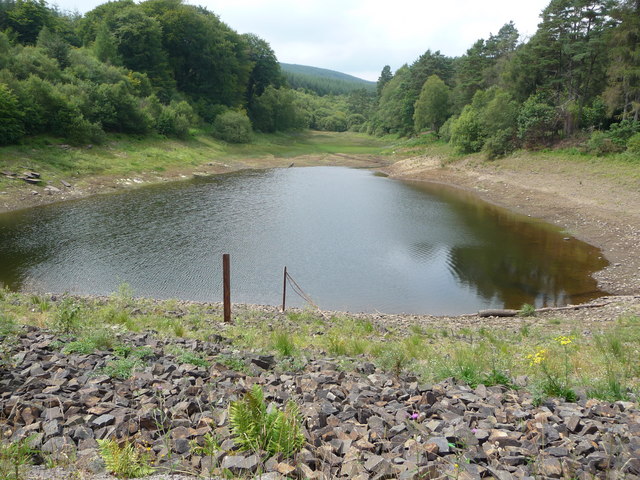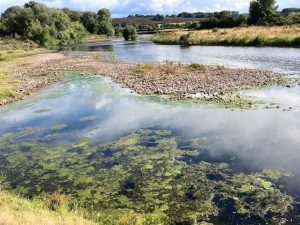South East Wales has been officially declared a drought area, following one of the driest six-month periods since 1976. The announcement by Natural Resources Wales (NRW) on Thursday, August 14, 2025, comes amid growing concerns over dwindling river flows, record-low groundwater levels, and the potential impact on public water supplies, agriculture, and the environment.[1][2][3][4] The declaration has also reignited a debate over the closure of several reservoirs in the region in recent years, with critics questioning the wisdom of reducing water storage capacity.
The move to drought status for South East Wales was prompted by exceptionally low rainfall, with the region receiving only 53% of the long-term average rainfall in July and a mere 8-11% in the first part of August.[5] This has led to “notably” or “exceptionally low” river flows and has placed significant stress on the environment, with reports of fish in distress and algal blooms.[4][5] The affected areas include the Wye, Usk, Valleys (Taff, Ebbw, Rhymney, Ely, Llwyd & Rhondda), and the Vale of Glamorgan.[2]
While Natural Resources Wales and Dŵr Cymru Welsh Water have stated that public drinking water supplies currently remain safe, they are urging the public and businesses to use water wisely to ease pressure on the system.[3][4] Welsh Water has a drought plan in place which outlines a phased response to escalating drought conditions, including the potential for temporary use bans (hosepipe bans) if the situation worsens.[6]
The current water scarcity has brought the issue of past reservoir closures into sharp focus. In recent years, several reservoirs in South East Wales and the surrounding areas have been decommissioned or repurposed. Notably, Llanishen and Lisvane reservoirs in Cardiff, which were declared redundant for water supply purposes in the 1970s, were the subject of a long-running campaign to prevent development and were eventually refilled for recreational and biodiversity use.[7] More recently, Clydach reservoir in Llanwonno forest was drained in 2024, with Welsh Water stating it had not been used for drinking water since 2004 and was not needed for future supply.[8]
Dŵr Cymru Welsh Water maintains that these closures were based on long-term water resource management plans and that the decommissioned sites were surplus to requirements.[8] The company has stated that the majority of its water resources across Wales are in a “reasonably good position” and that reservoir levels are “comfortable” in most areas, despite the prolonged dry weather.[2] However, they have also acknowledged that some reservoir levels are below what would be expected for this time of year.
Critics, however, question the foresight of reducing water storage capacity in the face of climate change predictions for hotter, drier summers. The debate highlights a tension between the cost of maintaining aging infrastructure and the need for resilient water supplies. While specific data on the exact storage capacity of all decommissioned reservoirs in the region and their potential to mitigate the current drought is not readily available, the timing of the drought has amplified calls for a reassessment of Wales’s long-term water strategy.
The economic impact of the drought is already being felt, particularly in the agricultural sector, with farmers facing reduced grass growth and the need for supplementary feeding for livestock.[2] There are also concerns for other industries that rely on a consistent water supply.
As South East Wales navigates this challenging period, the focus remains on water conservation and the hope for significant rainfall to replenish rivers and reservoirs. The ongoing drought, however, serves as a stark reminder of the increasing vulnerability of water resources and the critical importance of strategic planning for a changing climate.
Redundancy for Water Supply
Many reservoirs have not been used for drinking water supply for decades. Once identified as surplus to current supply needs, water companies opt for closure or decommissioning when maintenance is no longer deemed necessary or cost-effective.
Perthcelyn Mountain Ash Closed (2023) Listed for sale as a former reservoir
Clydach (Llanwonno) Drained (2024) not used since 2004
Upper Neuadd Brecon Beacons Drained, closed. No refill planned
Brithdir Mawr, South Wales being decommissioned, and dam removal is underway
Lisvane & Llanishen, Cardiff, Closed & reopened not for drinking water, restored for recreation




